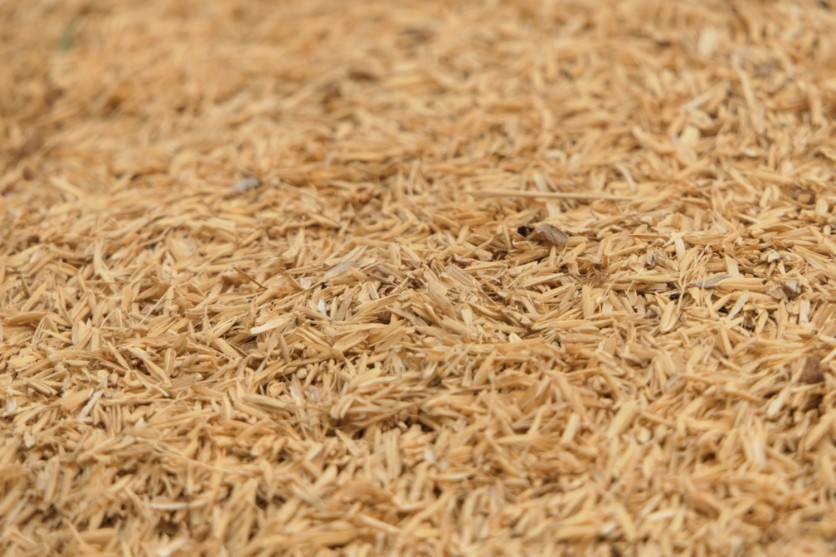The construction industry, a major contributor to greenhouse gas emissions, is under increasing pressure to adopt sustainable practices. One promising avenue lies in the utilization of agricultural waste products, such as rice husk ash (RHA), as a partial replacement for cement in concrete production.
The Environmental Impact of Concrete

Concrete, a ubiquitous building material, has a significant carbon footprint. The production of cement, its primary component, is energy-intensive and releases vast amounts of carbon dioxide into the atmosphere. This has prompted a global search for alternative, eco-friendly materials.
Related Article: Earth's Driest Desert now has Flowers Thanks to Climate Change
Rice Husk Ash: A Potential Game-Changer
Researchers have identified rice husk ash (RHA) as a potential substitute for a portion of the cement in concrete. Rich in silica, RHA exhibits chemical properties that make it compatible with concrete's binding process. By incorporating RHA into concrete, researchers aim to reduce the material's environmental impact while potentially enhancing its properties.
"The aim of the study was to reduce the negative environmental impacts associated with the manufacturing of concrete. Environmentalists strongly believe cement must be replaced with a substance with a lower carbon footprint," a researcher from the American University of Ras Al Khaimah (AURAK) said in a statement.
Leveraging AI to Optimize RHA Concrete
To expedite the development of RHA concrete, scientists have turned to artificial intelligence (AI). Machine learning (ML) models have been employed to predict the compressive strength of concrete containing varying amounts of RHA. This AI-driven approach offers a more efficient and cost-effective alternative to traditional testing methods.
Enhancing Concrete Performance with RHA
Laboratory tests have demonstrated that incorporating RHA into concrete can yield several benefits. These include improved later-age compressive strength, enhanced resistance to abrasion, and better moisture barrier properties. Additionally, RHA helps to reduce drying shrinkage, a critical factor in concrete durability.
A Brighter Future for Sustainable Construction
The successful integration of rice husk ash into concrete represents a significant step towards more sustainable construction practices. By reducing cement consumption and harnessing the potential of agricultural waste, this innovation contributes to mitigating climate change and preserving natural resources.
While challenges remain, the research findings offer a compelling case for the widespread adoption of RHA concrete. As the construction industry seeks to decarbonize, materials like rice husk ash will play a crucial role in shaping a more sustainable built environment.
It's worth noting that other innovative approaches to sustainable construction are emerging. For example, the K-Briq, a brick made primarily from construction waste, and insulation materials derived from rice husks highlight the potential of repurposing waste products for building applications, according to Interesting Engineering.
These developments collectively demonstrate a growing commitment to sustainable construction and a circular economy. In the years to come, we might see another substitute for cement in the form of another sustainable material.





